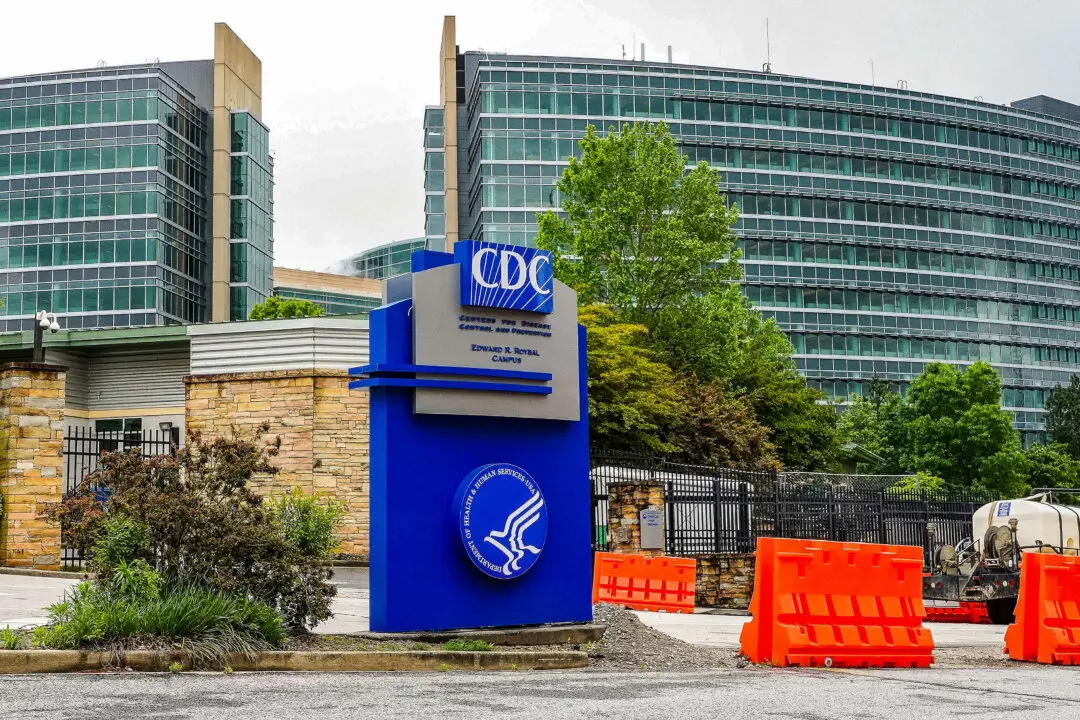The U.S. Centers for Disease Control and Prevention on July 22 moved to “clarify and simplify the process” on how people can bring a dog into the United States. New regulations are slated to go into effect on Aug. 1.
The agency earlier this year said it would impose more stringent requirements for dogs entering the country in a bid to reduce the spread of the rabies virus. But last week, a group of bipartisan senators expressed alarm over the rules, saying they would be overly burdensome for people who frequently travel across the U.S.–Canada border.




